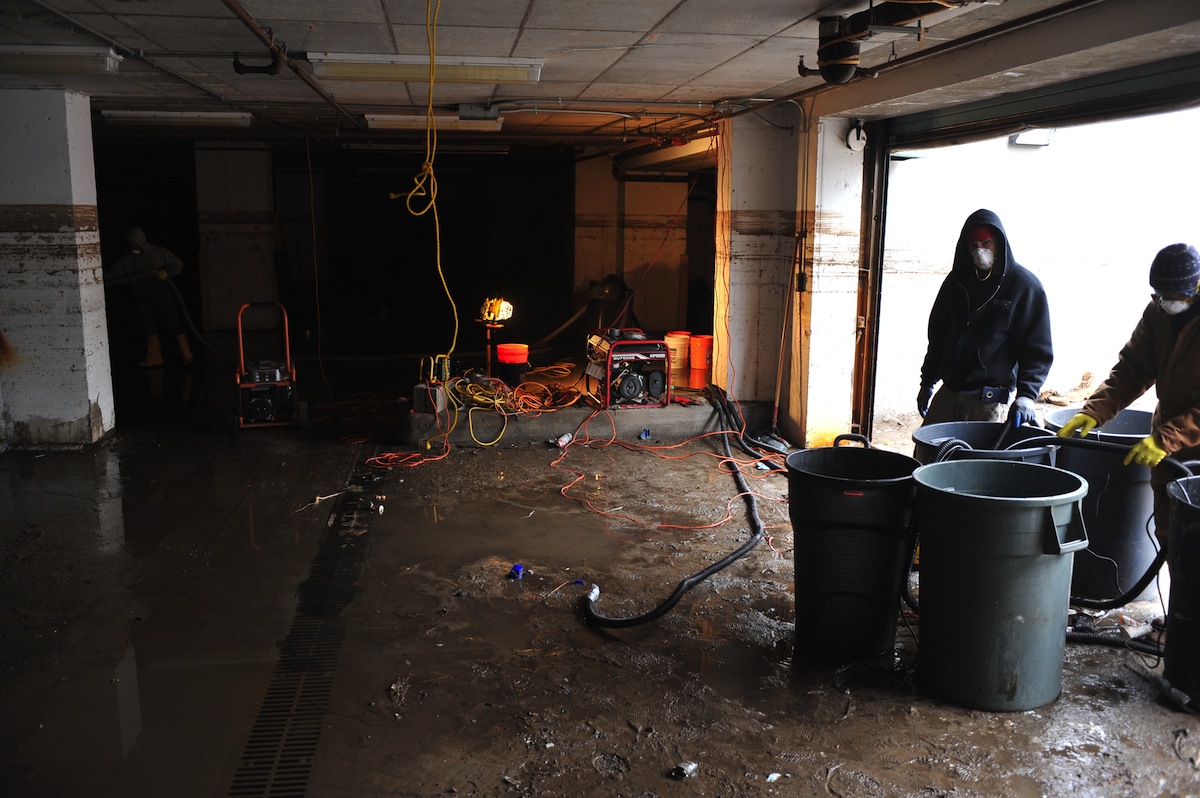The Local newsletter is your free, daily guide to life in Colorado. For locals, by locals.
Last week, 16 inches of rainfall and unexpected flash floods wreaked havoc throughout parts of Colorado. The most recent information from the Colorado Office of Emergency Management reports seven deaths, about 650 Coloradans unaccounted for, and more than 1,500 homes destroyed. For the residents of some of the 19,000 damaged households, a quick reaction (and a little financial investment) can prevent further damage to your home.
Boulder County’s Eco Handyman, Nate Burger, gave 5280 some tips and advice on how to safely deal with, and lower the likelihood of mold, in your flooded basement or crawl space.

Mold starts growing 48 to 72 hours after an event like flooding, Burger says, and “needs two things to survive: a food source and water. Getting any food source out of there is the most important.”
Mold can survive off of any organic material (think: carpet, wallpaper), but you should even be weary of dirt on concrete. Burger recommends buying an anti-mold solution from your local hardware store, or making a 9-to-1 bleach solution at home to help prevent mold from growing.
- First and foremost, remove all wet objects from your basement. (If you have to wade through several inches of water, or water that is above electrical outlets, make sure to turn off electrical power to the house.)
- If you have a sealed vapor barrier (a plastic sheeting that serves as a makeshift floor) in your crawl space, make sure there is not water underneath it, between the barrier and the ground. In certain scenarios, it’s best to open the perimeter vents in your crawl space, as well. You can read more specific instructions from Burger here.
- Most basements that received more than an inch or two of water will not have salvageable flooring. In finished basements, pull out carpeting and padding in smaller sections—the damp material can be quite heavy and difficult to carry—and set materials by the roadside, or wherever your trash is picked up.
- After everything is cleared out, get fans and air circulation in the space as soon as possible.
You may have to replace old fiberglass, perimeter vents in your crawl space, duct work, and your furnace and water heater if they were submerged, in addition to carpetting and padding. For preventative measure, Burger recommends investing in a high-quality sump pump (basically a vacuum for water). It could save your basement or crawl space from future flooding.
Unfortunately, many homeowners’ insurance doesn’t cover flooding. Water extraction is expensive, says Burger, but if a homeowner can afford it, it will actually save you money in the long run on repairs and remodeling. FEMA will evaluate damage in the area, and federal damage aid will be issued in certain scenarios, including uninsured property loss and temporary housing.
Note: Burger is happy to give advice but cannot help with water extraction or services outside of Boulder County. He does remodeling and repairs, and is happy to help once your home is dry. Find out more information on the Eco Handyman’s blog.
—Image courtesy of Shutterstock








